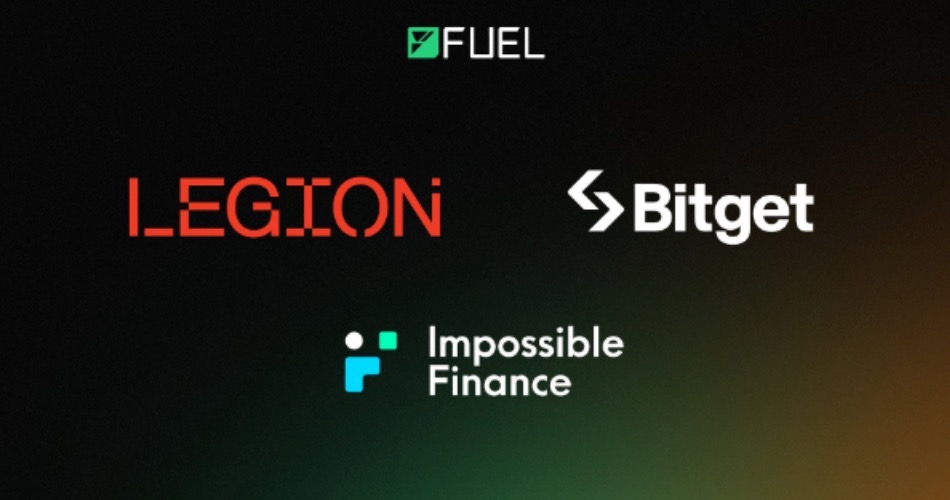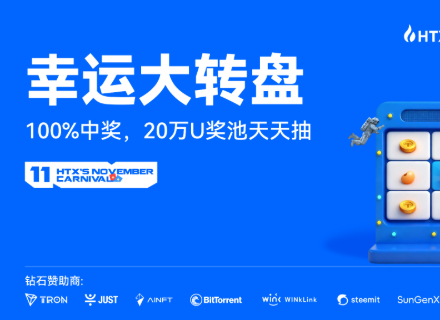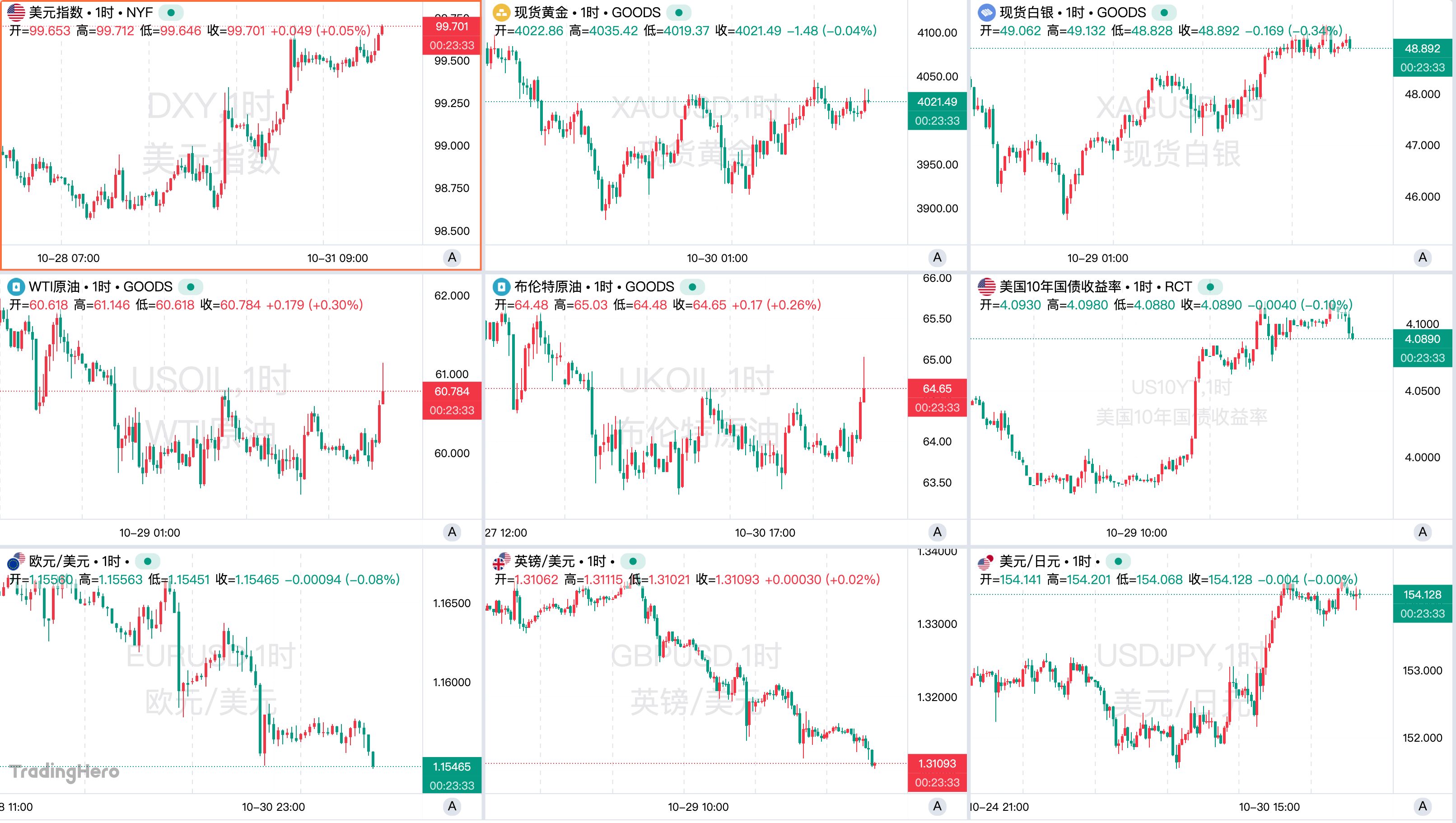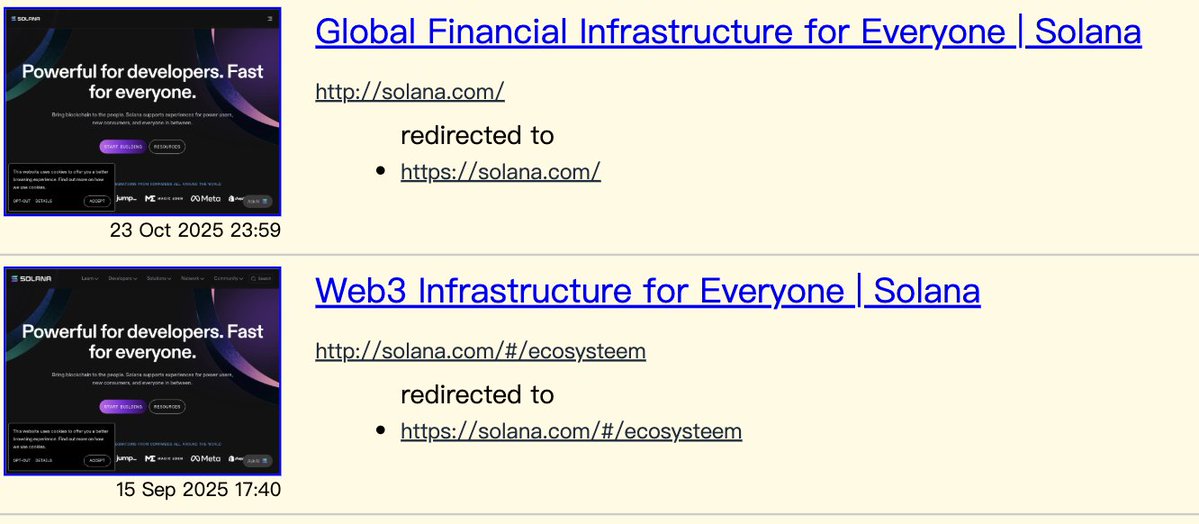Fuel is a Modularization execution layer designed specifically for the Ethereum Rollup ecosystem, aiming to solve the scalability bottleneck of traditional monolithic L1 blockchains in high-concurrency transaction scenarios. By introducing parallel processing, state minimization, and efficient cross-chain interoperability, Fuel provides a modern architecture that ensures fast and efficient transaction execution while maintaining low latency and low fees. Fuel can not only serve as Ethereum's L2 Rollup, but also be flexibly configured as an independent L1, sidechain, or state channel, bringing more possibilities to the blockchain ecosystem.
Fuel's technological innovation is reflected in its FuelVM virtual machine, UTXO model, and Sway programming language. FuelVM achieves true parallel transaction execution through strict access lists and global shared memory architecture, breaking the limitations of traditional EVM sequential execution. The UTXO model enhances transaction concurrency and security, while the Sway language provides developers with an efficient and secure contract development experience similar to Rust. These designs together improve Fuel's performance in high-concurrency and complex application scenarios.
As a star project in the scalability track, Fuel has received a $80 million financing led by Blockchain Capital and Stratos Technologies. The team is composed of senior experts in the blockchain field such as John Adler, and shares some core members with Celestia. Fuel and Celestia complement each other technically and jointly promote the development of the Modularization blockchain ecosystem. With strong technical strength and market expectations, Fuel is expected to become the backbone of the next generation of high-performance blockchain architecture.
1. Modularization architecture, breaking through performance bottlenecks
Fuel abandons the limitations of traditional monolithic blockchains and achieves efficient parallel processing of transactions by separating the execution layer from consensus and data availability. Whether as an L2 Rollup or an independent L1, Fuel can maintain low latency and low fees in high-concurrency environments, truly solving the problems of congestion and high gas fees.
2. Parallel processing, significant increase in throughput
Fuel's FuelVM allows multiple transactions to be processed simultaneously through parallel execution and UTXO model, completely eliminating the bottleneck of single-threaded execution. In high-concurrency scenarios, Fuel's throughput far exceeds that of traditional blockchains, providing developers with broader application scenarios.
3. Rollup-friendly design
Fuel is tailor-made for the Ethereum Rollup ecosystem, with excellent compatibility and scalability. Whether it's Optimistic Rollup or ZK Rollup, Fuel can provide efficient execution support, helping the Ethereum ecosystem move towards a higher performance era.
4. Capital backing, strong market expectations
Received $80 million financing led by Blockchain Capital and Stratos Technologies, experienced core team members, high market expectations for Fuel's future performance, has become an investment hotspot that cannot be ignored in the scalability track.
5. Cross-chain interoperability, breaking the island effect
Fuel is not limited to the expansion of a single chain, but has strong cross-chain interoperability. It can collaborate with different chains such as Ethereum and Celestia, breaking down barriers between blockchains and providing more efficient solutions for multi-chain ecology and asset circulation.
Fuel is not just a technological breakthrough, but also represents an innovation under the expectations of funds and the market. On the increasingly crowded track of Modularization blockchain, Fuel has attracted a lot of capital and developers' attention with its forward-looking architecture and efficient execution design, and its future explosive power should not be underestimated.
III. Market value expectations
Fuel ($FUEL) is a Modularization execution layer designed specifically for the Ethereum Rollup ecosystem. It completely breaks through the performance bottleneck of traditional monolithic blockchains through parallel processing, UTXO model, and Sway programming language. The total supply of $FUEL tokens is currently 10 billion, and the unit price has not yet been determined. For evaluation purposes, we refer to benchmark projects, especially Sei Network ($SEI), Celestia ($TIA), and Movement ($MOVE), to provide market value expectations for $FUEL.
According to FUEL's token distribution and release plan, the total supply is 10 billion tokens. Based on the TGE (Token Generation Event) unlocking ratio of each part, the initial circulation is calculated as follows:
Initial Airdrop + Liquidity (15%)
Unlocking ratio: 100%; 1.50 billion pieces
Ecology + R & D (31.02%)
Unlocking ratio: 100%; Quantity: 3.102 billion pieces
Initial Sales (5%)
Unlocking ratio: 100%; Quantity: 500 million pieces
Total initial circulation:
1.50 billion + 3.102 billion + 500 million = 5.102 billion pieces
Therefore, the initial circulation of Fuel is 5.102 billion, and the initial circulation rate is 51.02%.
To evaluate the market potential of Fuel ($FUEL), we compare it to several mainstream Modularization blockchain and Layer 1 projects.
1. Parallel EVM Layer1: Sei Network ($SEI)
Unit price: 0.5855 USD
Market capitalization: 2.464 billion USD
Fully diluted market cap: $5.855 billion
Circulation: 4.208 billion SEI
Total supply: 10 billion SEI
Fuel market value benchmarks Sei Network:
If $FUEL reaches Sei Network's market capitalization level (2.464 billion USD): $FUEL unit price is 0.483 USD
2. Modularization blockchain: Celestia ($TIA)
Unit price: $6.74
Market capitalization: 3.065 billion USD
Fully diluted market cap: $7.345 billion
Circulation: 454 million TIA
Total supply: 1.089 billion TIA
Fuel market value benchmarks Celestia:
If $FUEL reaches the circulating market value of Celestia (3.065 billion USD): $FUEL unit price is 0.601 USD
3. Modularization Moving blockchain: Movement ($MOVE)
Unit price: 0.6321 USD
Market capitalization: 1.422 billion USD
Fully diluted market cap: $6.321 billion
Circulation: 2.25 billion MOVE
Total Supply: 10 billion MOVE
Fuel Market Value Benchmarking Movement:
If $FUEL reaches Movement's circulating market value (1.422 billion USD): $FUEL unit price is 0.279 USD
IV. Token Economics
The total number of FUEL tokens 10 billion, and the specific distribution is as follows:
Investors (33.13%), TGE 0%, locked for 1 month, linearly released for 3 months.
Core contributor (6.03%), TGE 0%, locked for 1 month, linearly released for 3 months.
Core contributor 36 (9.82%), TGE 0%, locked for 12 months, linear release for 24 months
Initial airdrop + liquidity (15%), TGE 100%;
Ecology + R & D (31.02%), TGE 100%;
Initial sales (5%), TGE 100%;
V. Team and financing
Team Info
Nick Dodson: Co-founder and CEO
Brandon Kite: Co-founder
Nik: Head of DeFi
Ruben Amar: Community Director
Arjun Kalsy: Head of Growth
Harsh B. Research Engineer
Financing situation:
September 6, 2022: Completed a $80 million financing led by Blockchain Capital and Stratos, with participation from CoinFund, Maven11, Bain Capital Crypto, Spartan Group, Alameda Research, and others.
September 21, 2021: Seed round financing of $1.50 million led by CoinFund with participation from Fenbushi Capital, Origin Capital and Blockwall.
VI. Risk Warning
1. Although Fuel provides a programming experience similar to Rust and has improved contract development efficiency through Sway, the learning curve and tool ecosystem for developers are still evolving. For developers who are used to the Solidity and EVM ecosystems, it may take a long time to adapt to new languages and models, resulting in slower-than-expected expansion of the developer community. If the developer ecosystem does not develop rapidly, Fuel's technical advantages may not translate into a wide range of application scenarios, limiting its market share and Network Effect.
As a star project in the scalability track, Fuel faces pressure from multiple competitors, especially mature Layer 2 solutions such as Optimism and Arbitrum, as well as new Modularization projects such as Celestia. Fuel must maintain high performance while ensuring that its products have sufficient competitiveness in terms of functionality, ease of use, cost, etc., otherwise it may lose market share.
3. The core innovations of Fuel include FuelVM, UTXO model and Sway programming language. Although these technologies are designed with strong scalability and performance potential, they are still in the stage of rapid iteration and optimization due to their relatively new nature, which may face unforeseen technical problems or vulnerabilities that affect their performance and security. For example, the parallel transaction execution architecture of FuelVM needs to handle complex state synchronization and memory management. If there are design flaws or performance bottlenecks, it may affect the stability and User Experience of the overall blockchain network.
VII. Official links
Website:https://fuel.network/
Discord:https://discord.com/invite/xfpK4Pe




